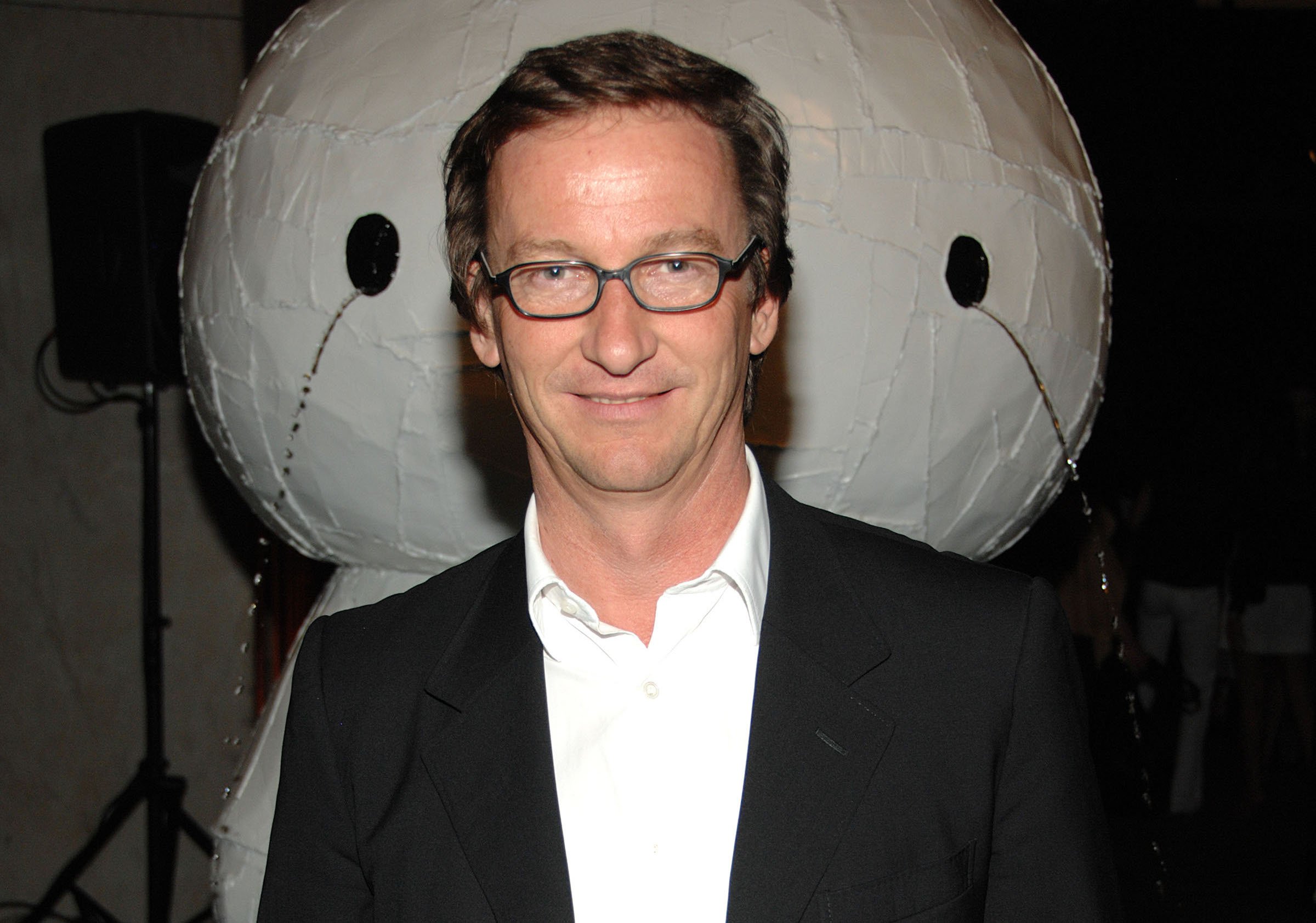
Gallerist Thaddaeus Ropac has called for a blacklist of collectors whose intention is to buy artworks and quickly resell them at auction for a profit. The dealer founded Galerie Thaddaeus Ropac, which has locations in Paris, London, and Salzburg, in 1983.
Delivering a keynote speech at the Talking Galleries symposium in Barcelona, a trade conference for dealers, the Austrian identified investors as one of the threats to the sustainability of the gallery model.
“People always speak about the blacklists, and I have to say, they do exist,” Ropac admitted. “Yes, they have to exist. I’m sorry, I say this very openly, but we need to have these blacklist… some collectors buy a piece of art and put it into auction within one or two or years—I’m sorry, this person cannot purchase another piece of art from us.”
Addressing his colleagues at the Barcelona Museum of Contemporary Art (MACBA), Ropac linked the commodification of art with short term profiteers who have emerged in the market over the last decade and a half.
“It’s phenomenon of the past 15 years where art has become a commodity and it’s purely bought to resell within a limited period of time for a profit,” he explained. “This almost was very limited as a phenomenon 30 years ago because art was not [able] to make an immediate profit.”
He even went so far as to label the erosion of passionate and knowledgeable collectors as one of the key tests for the future of the art market. “This is one of the great challenges of the future,” he stressed. “To build connoisseurship and collectors who believe in the cultural content.”
Ropac urged his fellow gallerists to forge preferential relationships with “sophisticated” collectors, because artists “trust us with their most valuable goods.”
“Our aim,” he added, “should really be to nurture the connoisseur, to nurture the people who are really interested in the content of the work to start a relationship with the gallery, with the artist, and who are interested in following an artist over the long term.”